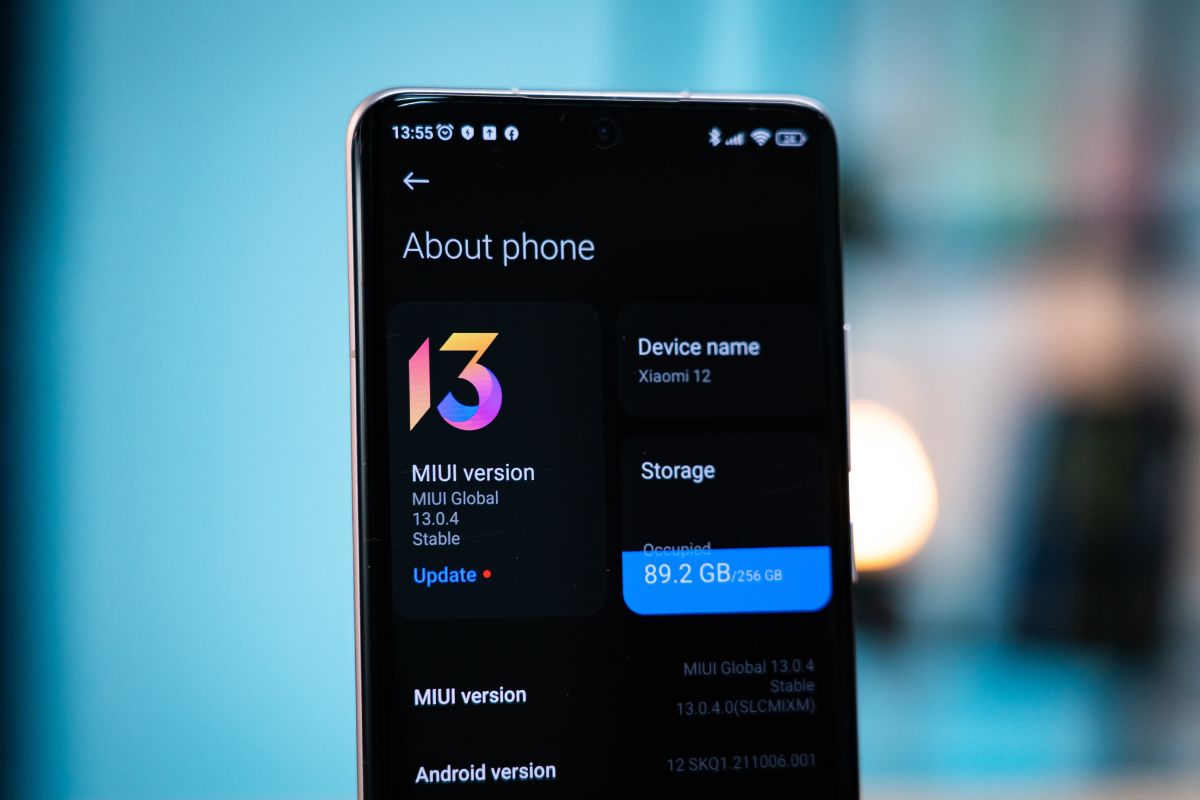Here’s a detailed guide to choosing your smartphone based on comparison of Android OS versions offered by different brands such as Samsung, Google, Xiaomi and OnePlus.
New Delhi: For many, choosing a smartphone depends on more than just checking the battery size. With rapid advancements and its open-source nature, the mobile OS Android comes in various different customised variants, depending on the brand. From Google’s pure Pixel experience to manufacturer-specific interfaces like Samsung’s One UI and Xiaomi’s MIUI, options abound for users seeking a unique smartphone experience. Let us take a closer look at what different brands have to offer their users in terms of OS versions.
A Brief History of Android

Android’s journey began in 2003, when it was developed by a small startup which was later acquired by Google. The first Android phone, the HTC Dream, launched in 2008, marking the beginning of a new era in mobile operating systems. Over the years, Google has consistently released new versions of Android, each introducing significant improvements in features, performance, and security.
The Timeline of Android Versions
- Early days (Android 1.0–2.3): The initial versions laid the foundation for Android’s core functionality, including basic apps, the touchscreen interface, and open-source APIs.
- Fragmentation begins (Android 3.0–4.4): Manufacturers started adding their own custom skins and features, leading to fragmentation in the Android ecosystem.
- Google’s response (Android 5.0–7.1): Google introduced Material Design, a unified design language, to curb fragmentation and improve consistency across devices.
- Focus on performance and security (Android 8.0–11): Google prioritised performance optimisations, battery life improvements, and robust security features.
- AI and personalisation (Android 12–present): Google integrated machine learning and AI elements to personalise the user experience and introduced Material You, a dynamic theme system.
What Different Brands Offer

- Samsung One UI: One UI offers a clean and intuitive interface with a focus on one-handed operation and extensive customisation options. It also integrates well with Samsung’s Galaxy ecosystem of devices and wearables.
- Xiaomi MIUI: MIUI boasts a feature-rich experience with a plethora of customisation options, including themes, icon packs, and animations. It also offers aggressive battery management and performance tweaks.
- OnePlus OxygenOS: OxygenOS is known for its minimalist and bloatware-free approach, staying close to Google’s pure Android experience with some additional features like gaming mode and advanced customisation options.
- Other brands: LG, Motorola, and Nokia, also offer their own custom versions of Android with unique features and functionalities tailored to their specific devices and target audiences.
Catering to Different Audiences

Each brand’s Android customisation caters to specific user preferences and needs:
- Power users: One UI’s extensive customisation options and MIUI’s performance tweaks appeal to users who want to personalise and optimise their devices.
- Simplicity seekers: OxygenOS and Pixel’s pure Android experience provide a clean and clutter-free interface for users who prioritise ease of use.
- Budget-conscious users: Brands like Motorola and Nokia offer bloatware-free and near-stock Android experiences on affordable devices.
How To Choose Your Preferred OS?
The best Android version for you depends on your individual needs and preferences. Here are few factors to consider:
- User experience: Do you prefer a clean and minimalist interface or a feature-rich experience with extensive customisation options?
- Performance and battery life: Prioritise performance and battery optimisation if these are crucial factors for you.
- Brand ecosystem: Consider whether you already own other devices from the same brand and want a seamless experience.
- Updates and security: Check the update schedule and security commitment of the brand and its specific Android version.
Comparison OS Across Brands
Here is a detailed comparison chart of the popular Android versions offered by different brands
Remember, there’s no “one OS fits all” for anybody. So, use this guide to make an informed decision about the Android version that best suits your needs. Therefore, prioritise your preferences for user experience, performance, customisation, and brand integration to narrow down your options. The perfect Android version for you is the one that caters to your individual requirements and brings you the most enjoyable smartphone experience.

